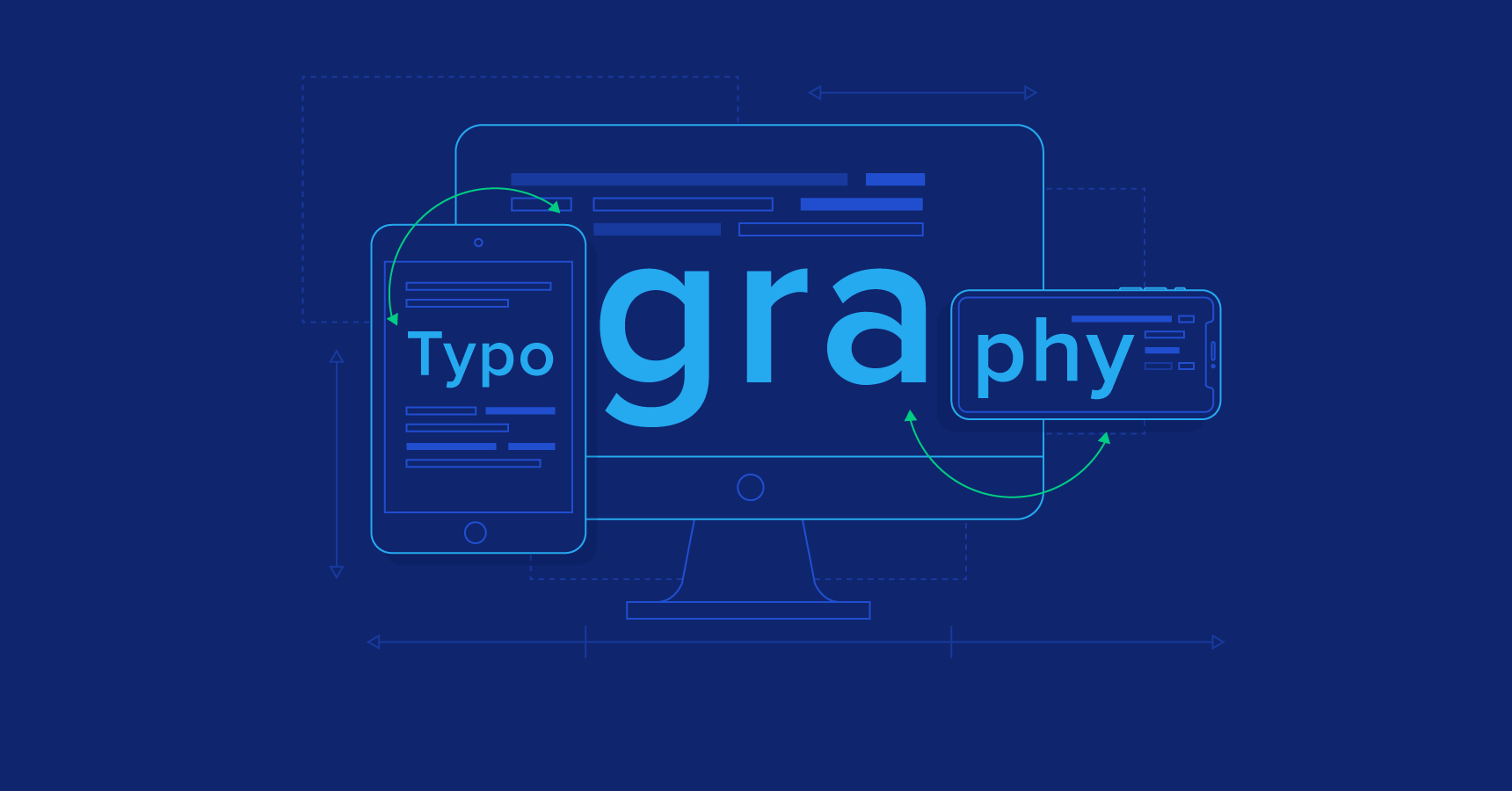
Choosing Web Font
The choice of fonts and how you structure text on your website impacts design, usability, and readability. With so many font options available, selecting typography that helps achieve your design goals can be challenging.
Functional and aesthetically pleasing typography requires an understanding of how users read on screen and what font characteristics enhance legibility.
Typography Fundamentals for the Web
Several typographic fundamentals dictate how readers process on-screen text:
- Legibility refers to how easily text can be read and recognized. Font size, weight, and stroke all affect legibility.
- Hierarchy uses size, style and color to distinguish primary text from supporting content like subtitles and tags.
- Consistency in font usage and text styling creates familiarity that aids readability.
- Proportion between line height, letter spacing and word spacing should create a harmonious and balanced rhythm for the eye to follow.
- Grouping* related words and lines of text with adequate white space helps organize information and improves readability.
Using these basic principles, you can establish a coherent typographic system tailored to your design.
Things to Consider When Choosing Fonts
When selecting or evaluating fonts for your website, consider:
- Serif vs Sans Serif – Serif have little embellishments that aid readability for large blocks of text. Sans serif fonts are best for headings due to their simplicity.
- Weight – Bolder weights grab attention while lighter weights are better for longer passages.
- Personality – Fonts evoke certain feelings based on their letterforms. Choose one that matches your brand.
- Compatibility- Make sure they renders well across devices and browsers without issues.
- Pairing – Combine a serif font for body copy and sans serif for headings to create complementing typographic pairing.
- Readability – Opt for those with open letterforms, higher x-height and moderate contrast to improve readability.
A wide variety of free and paid fonts are available. But simplicity, legibility and personality should dictate your choice over trendiness.
Applying Typography to Enhance Design
Once you’ve selected your core fonts, apply them to:
- Headings – Larger, bolder fonts capture attention and denote importance.
- Body Copy – Medium size for maximum readability for longer passages of text.
- Subheadings – Medium size and slightly bolder than body copy to denote a change in topic.
- Captions – Lightweight and slightly smaller to complement images.
- Buttons/CTAs – High contrast, bolded text to grab user attention and prompt actions.
- Metadata – Even smaller size for low importance text like metadata and citations.
- Glyphs – Consider using icon fonts for a cohesive design without image distortion.
Thoughtful typographic decisions create a system users can rely on, resulting in a cleaner, more organized and ultimately more readable design.
